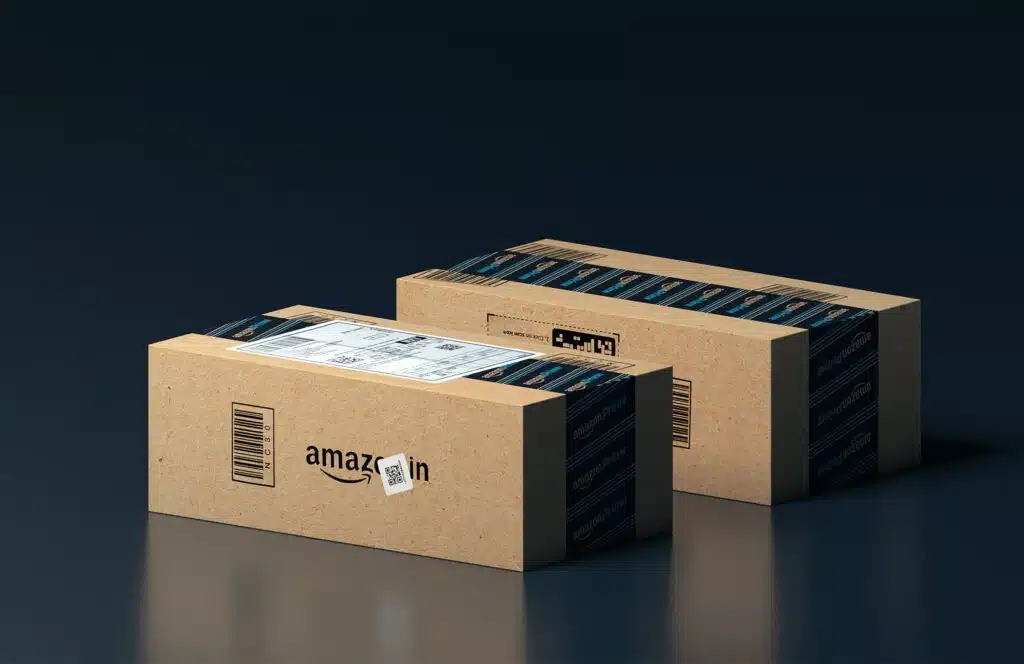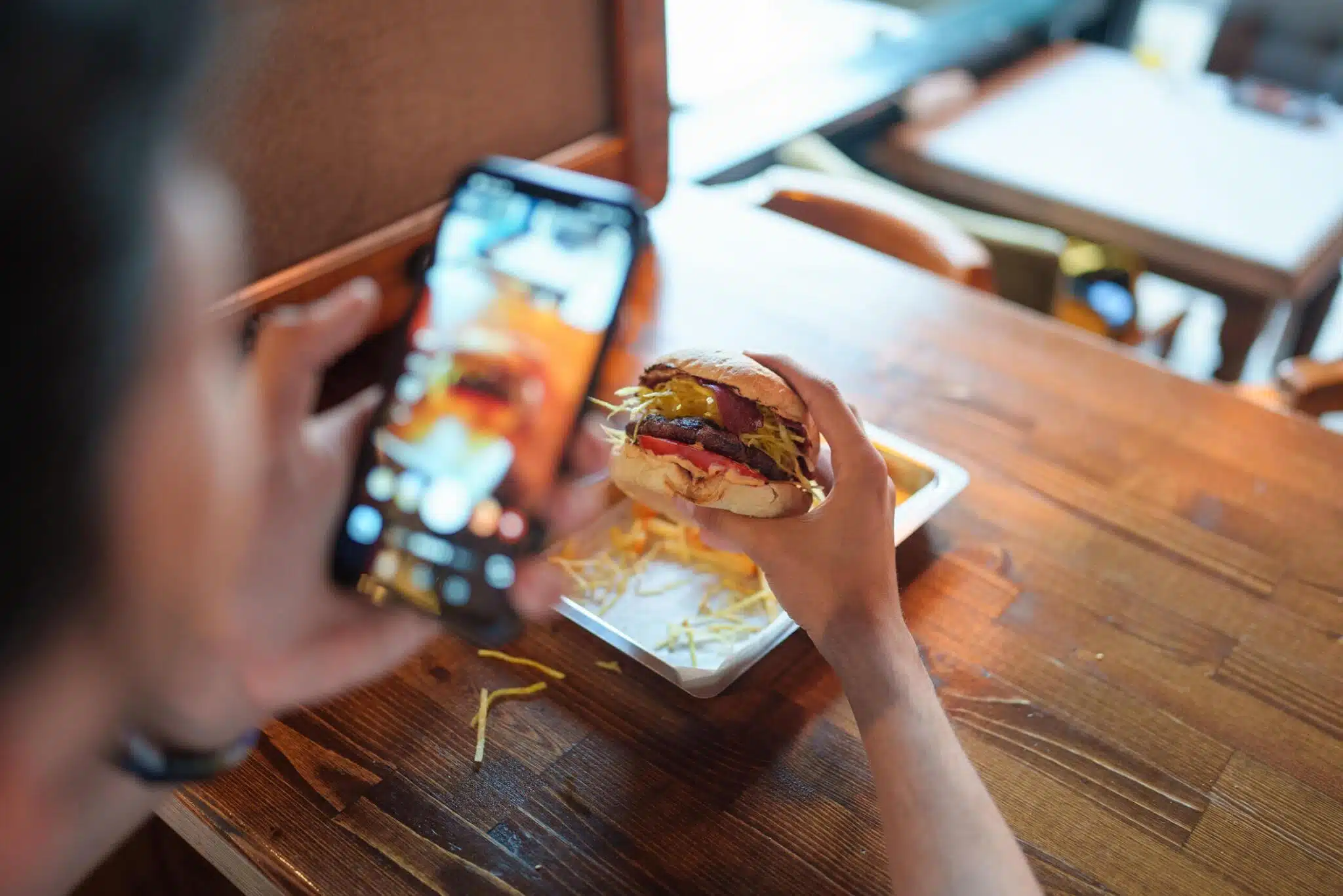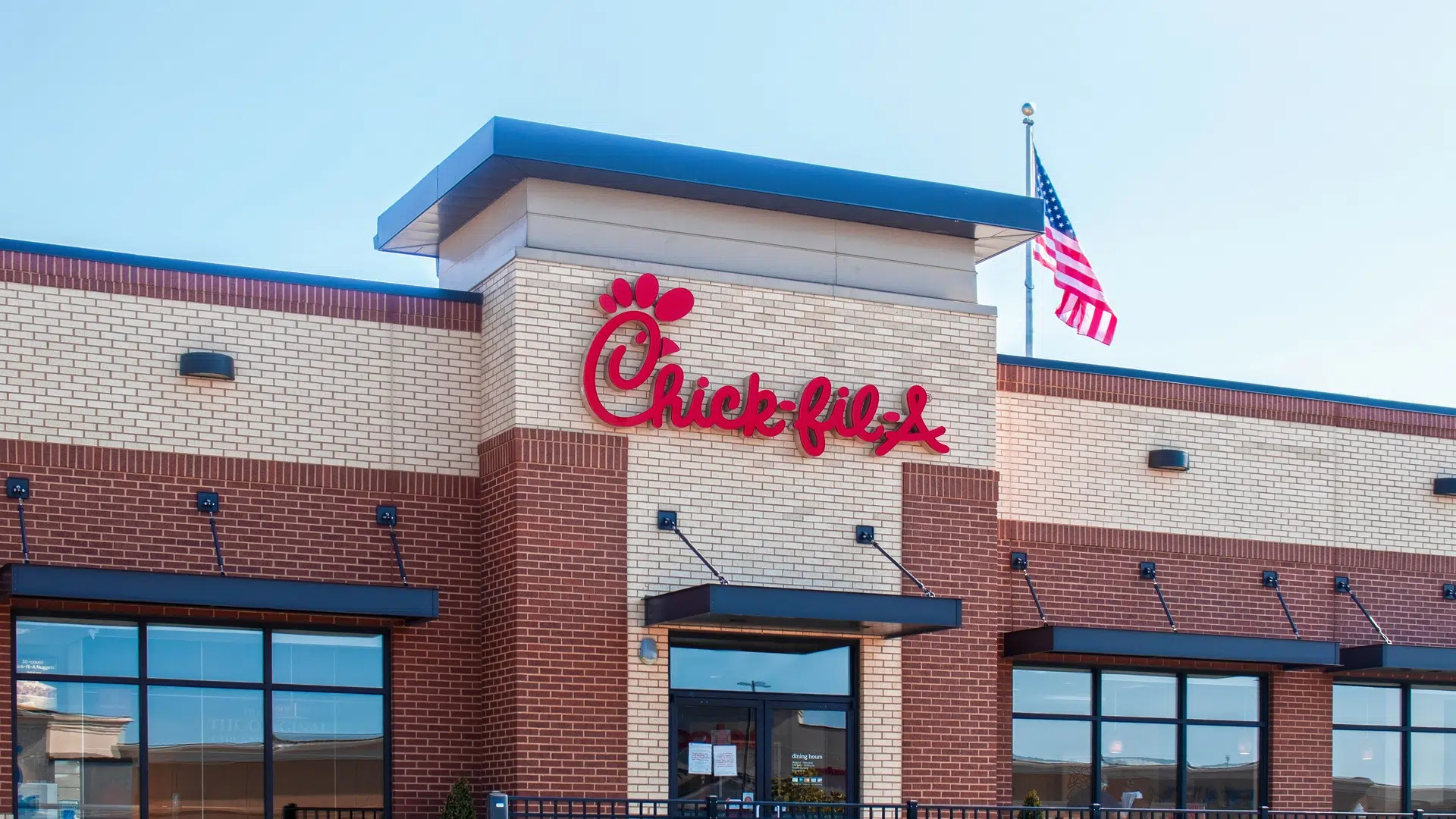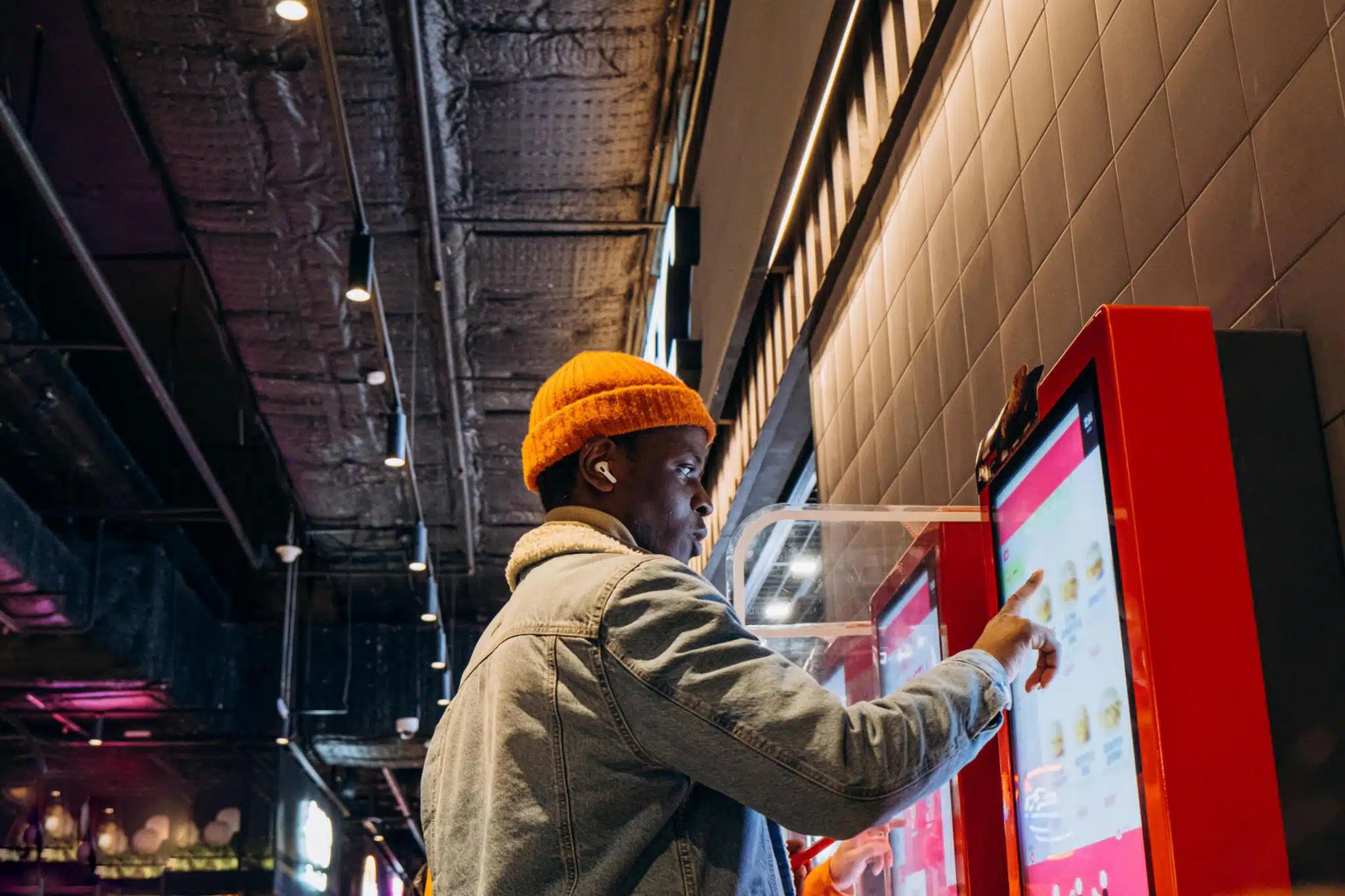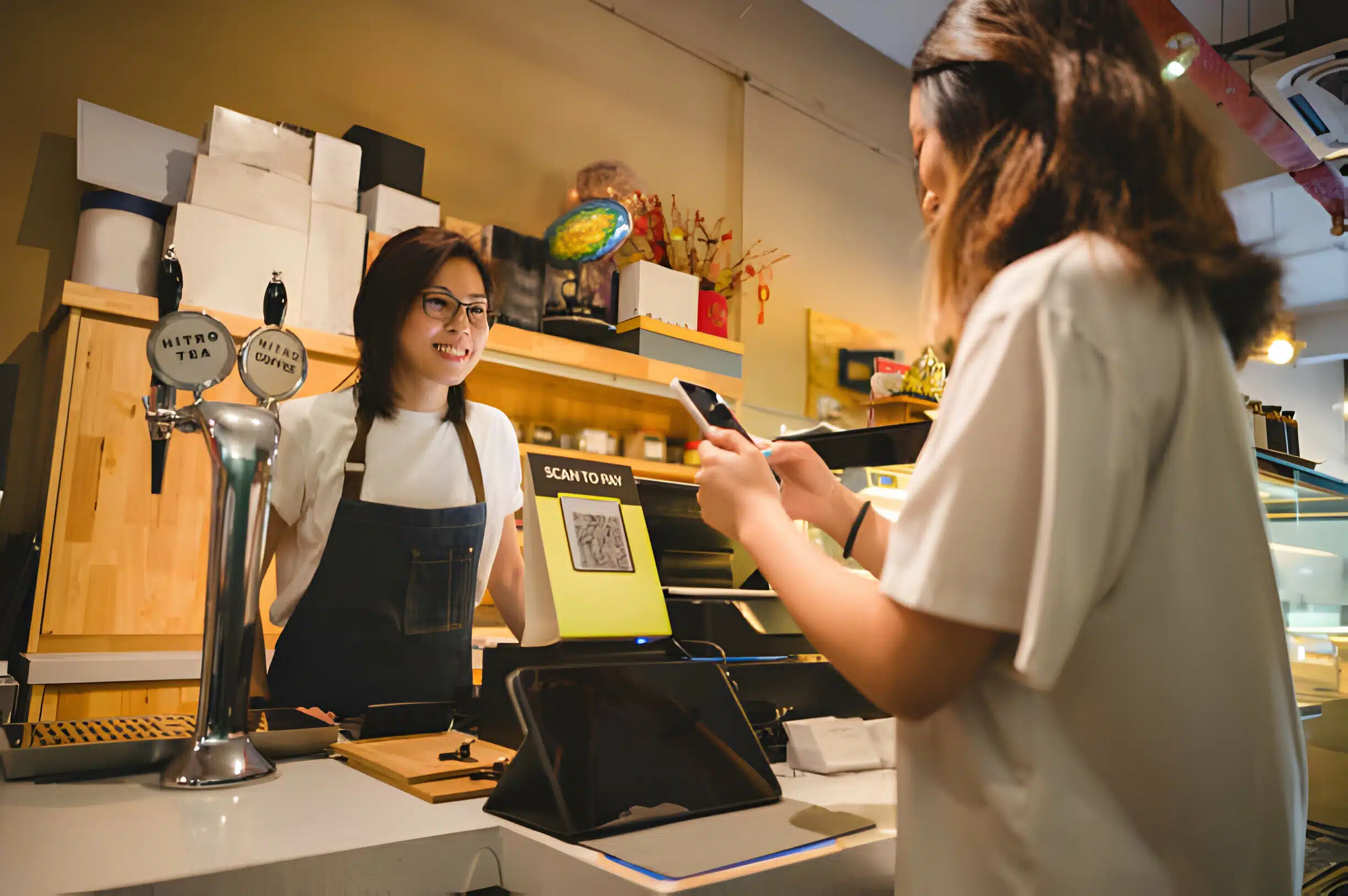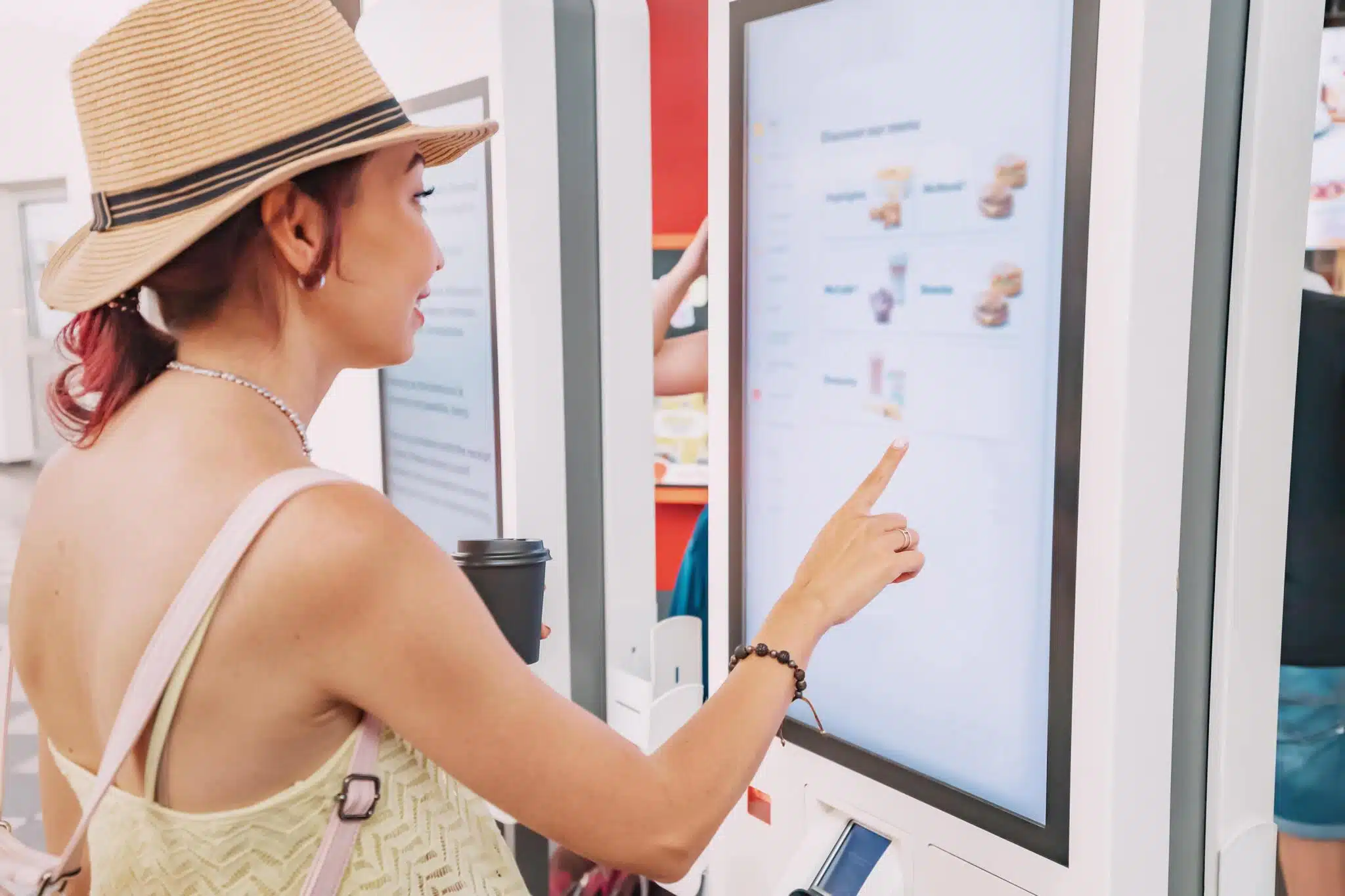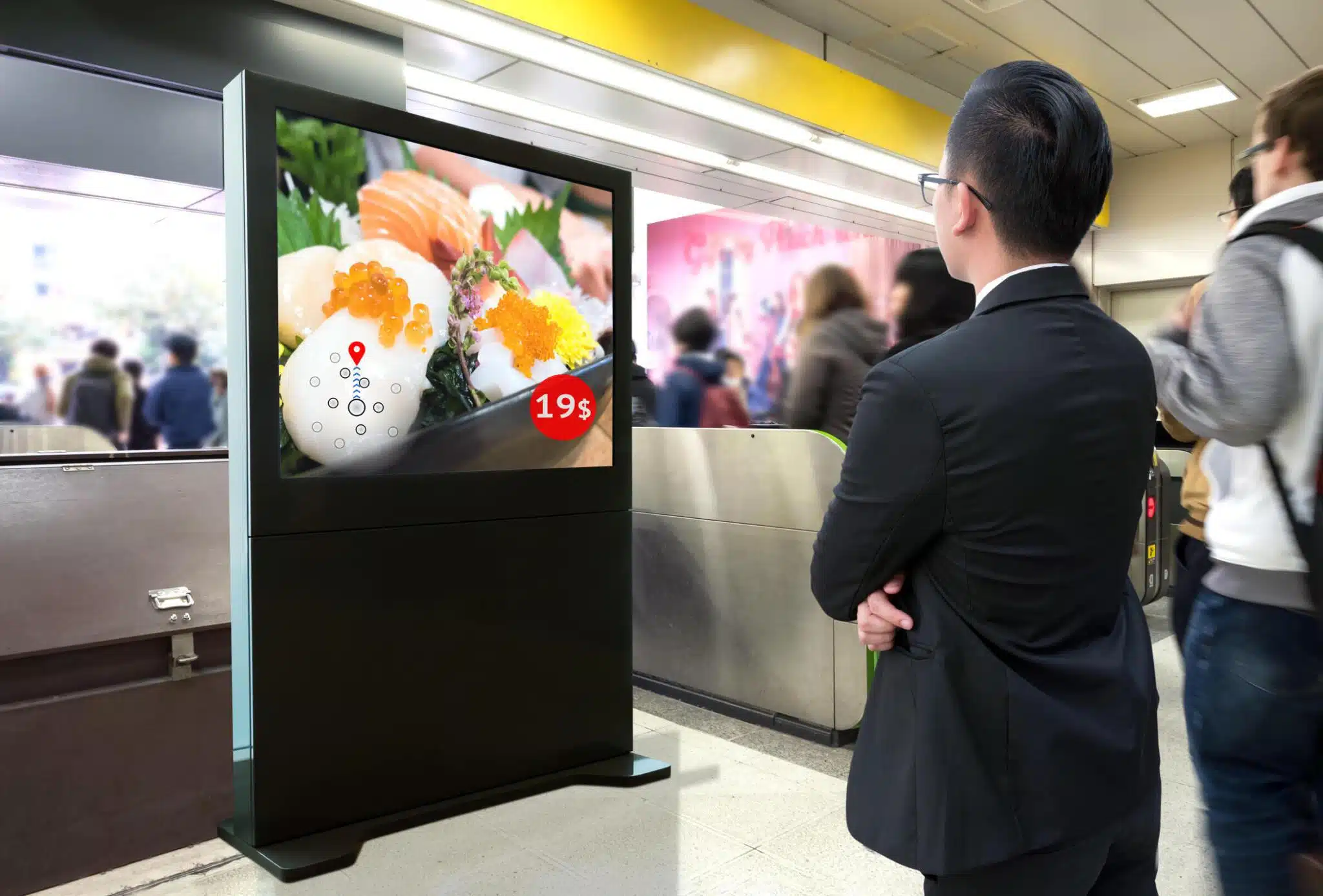Why are famous brands moving towards sustainable materials for packaging? Many things in this world are created to be thrown away. Think about how much packaging you throw away daily in your household or at the office. It is becoming increasingly important to consider sustainability and how we contribute to it.
This article shares an excerpt from a blog post discussing the importance of sustainable materials for packaging and why some brands are no longer using plastics as their material of choice.
Why Famous Brands Are Moving Towards Sustainable Materials For Packaging?
Worldwide, the demand for packaging is increasing at an average rate of 2.9 percent per year. In 2022, it is projected that this industry will be worth $851 billion. Paperboard and paper packaging are worth about $213.4 billion in that figure’s market share, which is a 3.5% increase annually from 2017 to 2022 on pace with global consumption growth rates.
What factors drive manufacturers’ focus on the paper packaging trade? Let’s discuss this.
L’Oréal- taking sustainability to the next level
As the world’s largest makeup company, L’Oréal rigorously researches and develops products while working to maximize the use of organic components. As part of its commitment to Earth-friendliness, L’Oréal has designed shampoo bottles made of recycled, recyclable, and compostable paper. These pump bottles are waterproof and even include labels made out of paper.
Comparing recycling rates in form versus plastic, the company realized that over 90% of writing goes into a recycling bin. By switching to paper packaging for shampoo bottles, the company hopes to reduce industrial waste.
Zappos – inspiring packaging reusability
With efficient customer service and clever packaging, Zappos.com has been operating for over a decade. Recently, the company introduced a limited-edition shoe box that can be used in many ways. It can be a smartphone holder, children’s shoe sizer, planter, or storage bin. Zappos has cleverly designed these boxes for reuse. It comes before recycling, after all.
Mcdonald’s reducing the consumption of single-use plastic
There are McD outlets in 100 countries, with 37,000 in the United States alone. Each day they serve 69 million people, so deciding to switch to paper is worth appreciation. In Taiwan alone, Mcdonalds uses FSC (Forest Stewardship Council) certified 8500 tons of paper packaging every year.
In 2015, the company launched bag-tray packaging. The takeaway paper bag can be removed to become a tray–a creative way for people to use paper-based and recyclable packaging. In 2016, 64% of Mcdonald’s fiber-based guest packaging was sustainable. However, the company is just trying to reach 100% by 2025. They’re also trying to develop and commercialize cups that can be recycled or composted.
Apple – cutting logistics costs by smartly using paper packaging
Macs, iPads, and even your underwear don’t get packed by hand. That’s why Apple invested in a closed-loop supply chain for using paper in its product packaging. The result is that the form comes from responsibly managed forests, and the packaging is entirely recyclable.
Apple has reduced the size of its packaging to save money, as well as its carbon footprint. It replaced polystyrene with 100% recycled paper padding in its iMac Pro packaging. The smaller the package, the easier it is to ship and use less fuel. Apple also audits its packaging suppliers to ensure that all materials are responsibly sourced.
Amazon – developing ways of frustration-free packaging.
Did you know that Amazon, the e-commerce giant, is giving importance to paper packaging for long-distance transit through its frustration-free packaging initiative? The idea is to eliminate hassle at every stage of the packaging lifecycle – from manufacturing to recycling. Paper and wood derivatives are easily recyclable. Even if the paper packaging doesn’t reach a recycling destination, it’s biodegradable and has no negative environmental implications.
Amazon follows frustration-free packaging guidelines, so the company is partnering with manufacturers to use paper-based packaging material in their items. Amazon, originally a marketplace, now manufactures under the brand name Amazon Basics and its products are mostly made from paper-based packaging.
Conclusion
Paper packaging appeals to consumers, but some disadvantages come with it. On the other hand, industrial packaging demands product safety measures and may not be suitable for the environment. This illustrates the paper packaging advantages and disadvantages.
There are many innovations in paper packaging that may help you meet your needs. Developing different types of paper packing material can eliminate the use of plastic. Known brands like L’Oreal, Zappos, McDonald’s, Apple, and Amazon have won consumers’ hearts by opting for paper over plastic packaging.
This Would be the Best Time to Use Sustainable Packaging With SupplyCaddy
Why are famous brands moving towards sustainable packaging materials? Sustainable materials are the way of the future for packaging. With an increased focus on environmental consciousness and a desire to reduce our carbon footprint, many famous brands are moving away from traditional materials and towards sustainable options.
SupplyCaddy is at the forefront of this movement, offering various sustainable packaging solutions for businesses of all types. Contact us today at [email protected] or [email protected] to learn more about how we can help your business switch to sustainable packaging.

